Tucked away in the little village of Moreton Corbet, a stone’s throw away from the Shawbury RAF base, the remains of Moreton Corbet Castle lie at the side of the road. The signpost had been swallowed by a hedge so we initially missed our turnoff, but a quick U-turn later we found ourselves looking upon the castle.
The castle itself was heavily modified over 500 years, originally built in the 12th century starting with the Great Tower, the Gatehouse was built in the 13th century, then various of iterations later, the most substantial remains were built in the 16th century.
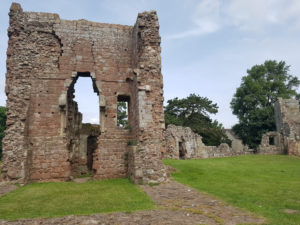
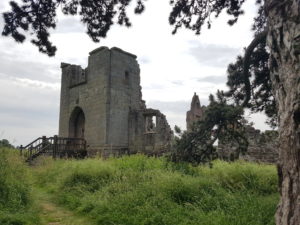
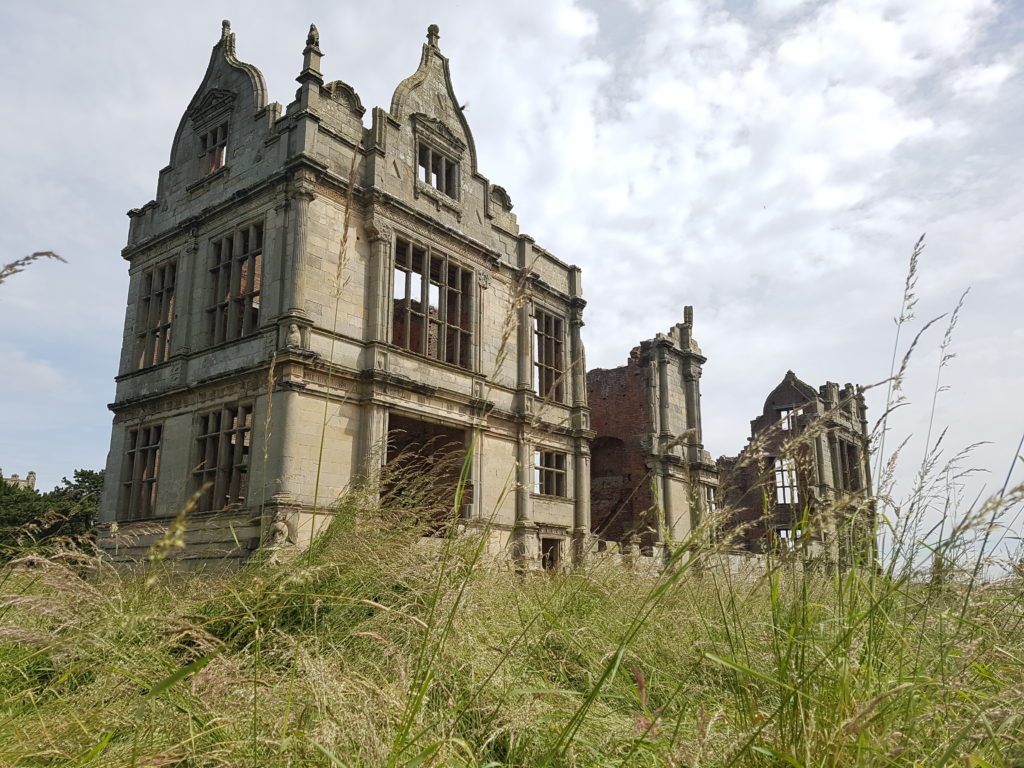
The inner courtyard of the castle was very open, and gave a great opportunity for a panoramic shot.
Before the stone castle, a large wooden manor house stood here known as the Manor of Moreton. When this was acquired by the Corbet family in the 12th century, they built Moreton Corbet Castle in place of the manor house, and the village would later be named the same. The Corbet family still owns the ruin today, but it’s managed by English Heritage.
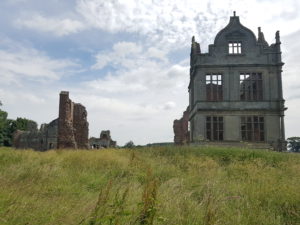
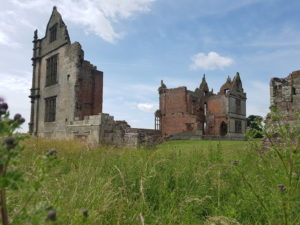
After Moreton Corbet Castle, we headed in to Shrewsbury for a spot of lunch and a slice of cake. Right in the centre of the town, we came across the Old Market Hall, built in the late 16th century to show off the town’s prosperity and importance in regional trade. Then just around the corner we found a little cafe called Ginger and Co that we decided to stop off at.
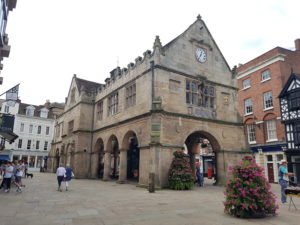
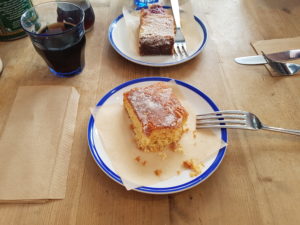
Fully refuelled, we made our way across town to Shrewsbury Castle. Out front, a flower arrangement paid tribute to World War I which ended a century ago this year, then just behind this were a pair of artillery, and the entrance to the castle itself.
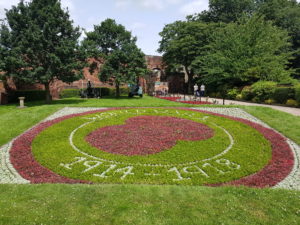
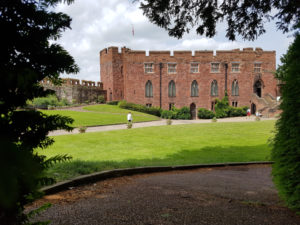
Up a little hill within the castle grounds (the position of the old motte) stood Laura’s Tower, built by Thomas Telford for the daughter of Sir William Pulteney as a Summer house, when he was renovating Shrewsbury Castle in the 18th century. In fact this wouldn’t be the first time the castle was significantly renovated, as it was repaired in the 17th and 12th centuries following siege damage, since originally being built in the 11th century. The views from Laura’s Tower were great, looking out across Shrewsbury, not surprising that this is very often used as a wedding photography spot.
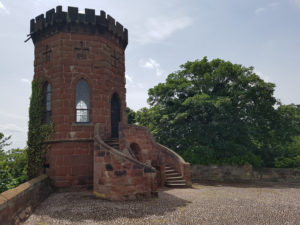
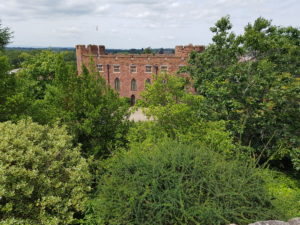
Just across the road from the castle stood Shrewsbury Library with a big statue of Charles Darwin out front, and oddly a large number of people in numbered boiler suits walking around. We thought it best not to ask and move on.
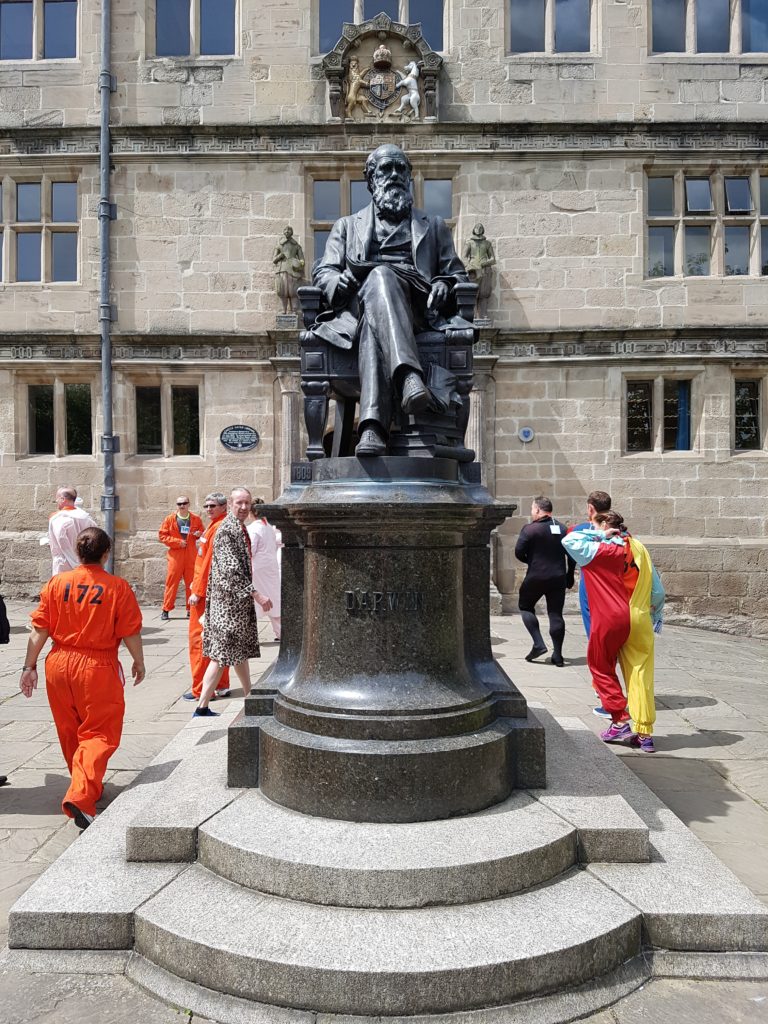
From here we headed back through town towards the park on the far West side, we were a little thirsty from walking around in the heat, I spotted a little pub that I told Helen would suit her perfectly, and we stopped in at The Loopy Shrew. She wasn’t amused. After a quick top-up, we headed onwards to the park, with a lovely little inner-park known as either the Enchanted Gardens or Dingle Gardens.
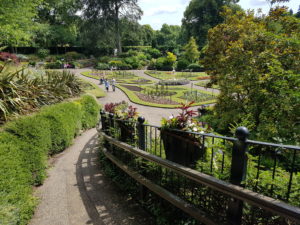
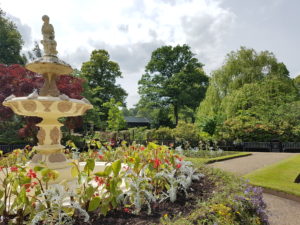
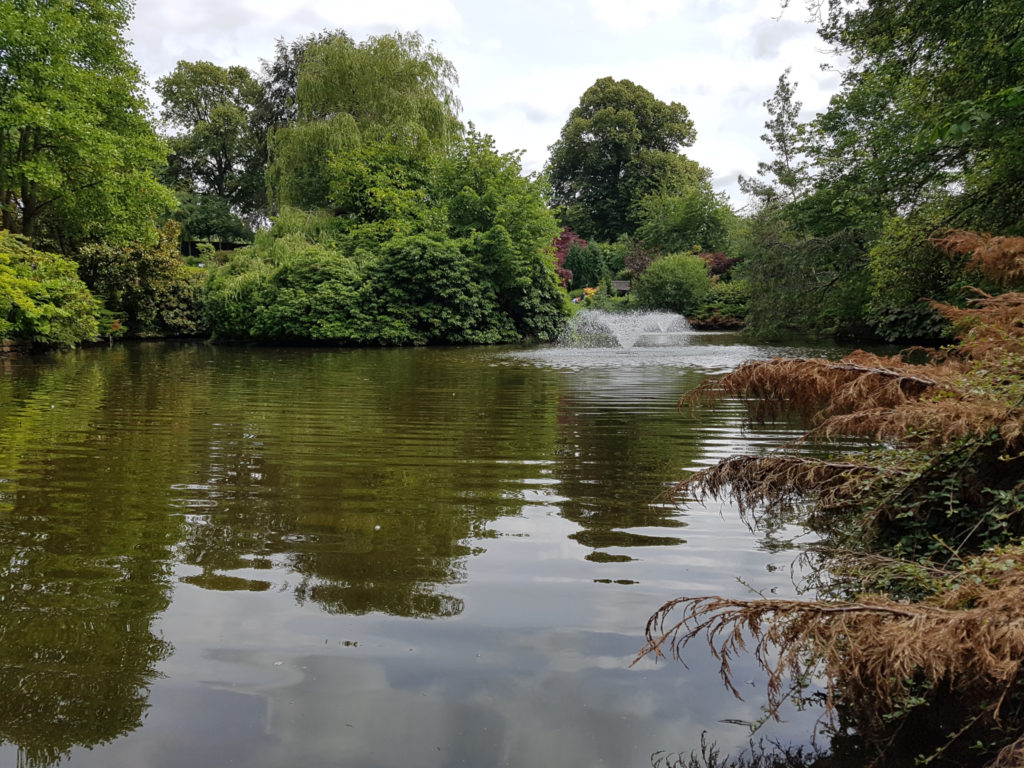
We took a gentle stroll from here down along the River Severn back towards the car, backtracking just slightly to see another couple of monuments. Shrewsbury Cathedral is very small, possibly smaller than our Church in Middlewich, barely worth a mention since it was also closed to the public. Town Walls Tower is the last watchtower remaining around Shrewsbury town walls (which are also nearly all gone now), this was interesting, but apparently only open to the public 8 days a year and for 30 minutes on each of those days, so I wasn’t able to take a peek inside.
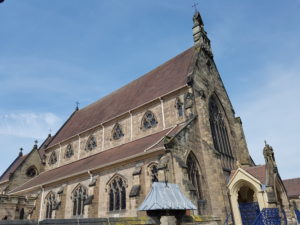
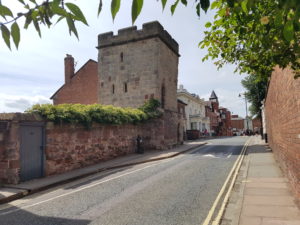
Back to the car and it was time for our last stop of the day: Haughmond Abbey. A quick 10 minutes out of the town centre, this place was much bigger than we were expecting for a free-entry heritage site! A medieval Augustinian monastery founded in the early 12th century, it was very wealthy for the best part of 4 centuries apart from a couple of incompetent abbots leading up to the dissolution led by Henry VIII and Thomas Cromwell.
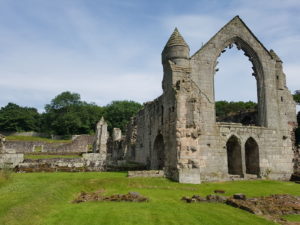
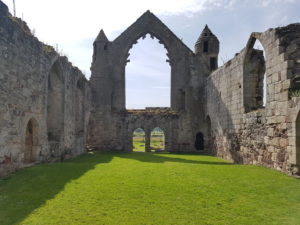
Right in the middle of the grounds there was a great spot to take a panoramic photo, this is the perspective from the courtyard of the abbey’s domestic quarters.
The Chapter House was mostly intact, hosting the only real “interior” part of the abbey.
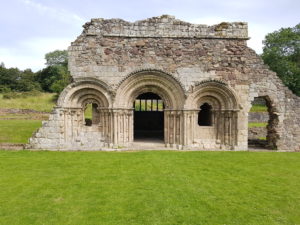
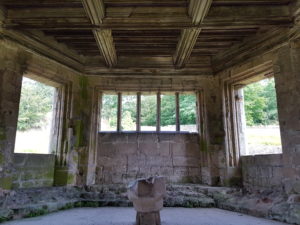
No matter where I went in the grounds, the main window of the Abbot’s Hall could be seen with the spikey remnants of the stone framework that once held large stained glass panels.
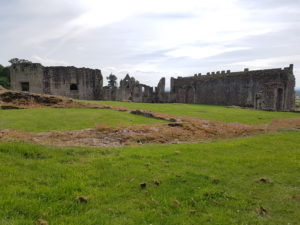
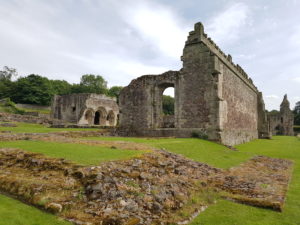
The ruins were far more impressive than we’d expected, so we were walking around for over half an hour reading all the plaques and checking out all the best angles.
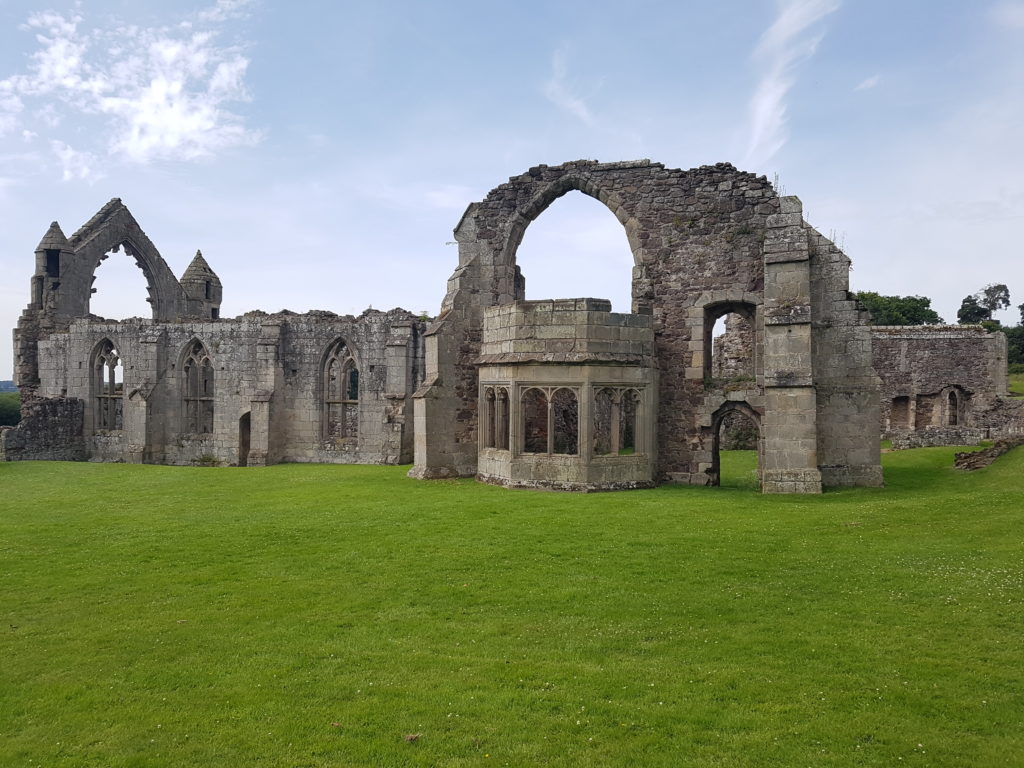
By this point our legs were starting to get tired, and we’d seen more than our daily quota of historical monuments and buildings, so we decided to head home, arriving back in Middlewich just in time for dinner.
